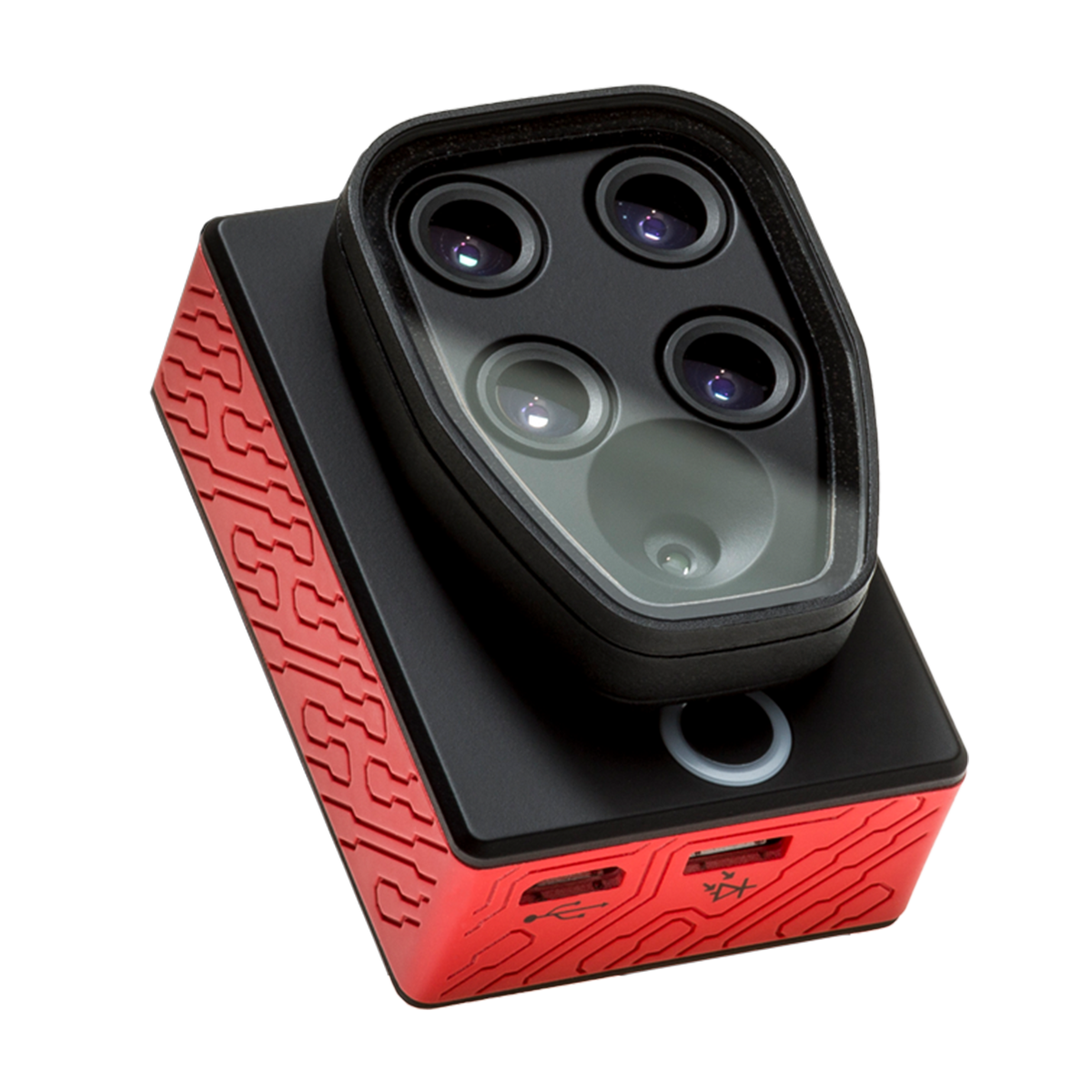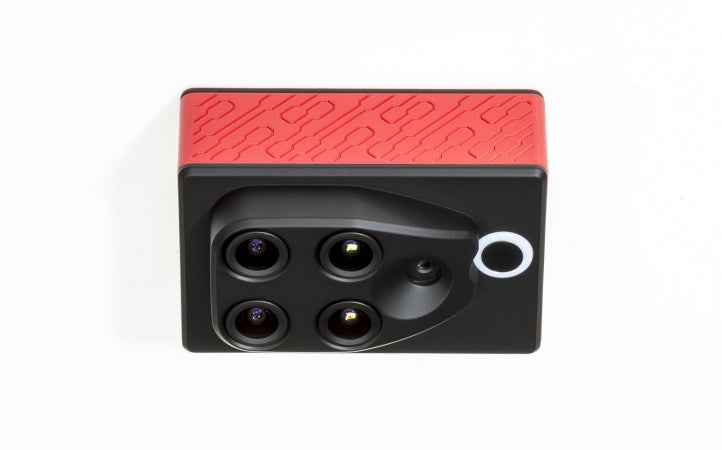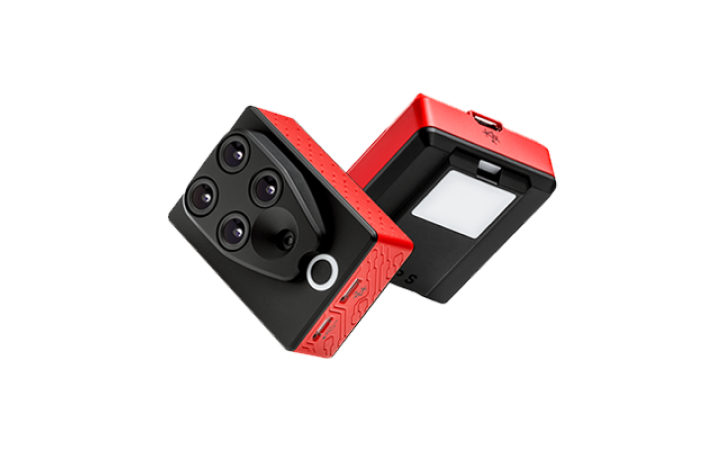


Product Description
Parrot Sequoia + Multispectral Sensor
DESCRIPTION
Transform your consumer drone into a precision agricultural mapping tool with the Parrot Sequoia+ Multispectral Sensor. This lightweight and compact system delivers cutting-edge NDVI mapping and crop health data, enabling farmers and agronomists to make informed, data-driven decisions about irrigation, fertilization, and disease management.
At the core of the Sequoia+ is a powerful combination of four multispectral cameras (green, red, red edge, and near-infrared) and a 14MP RGB camera for scouting and field imaging. The included sunshine sensor adjusts for ambient light variations, ensuring accurate measurements in any weather condition.
Data captured by the Sequoia+ is geotagged for precise analysis and easy revisiting of critical areas. With 64GB of internal storage, expandable via SD card, the Sequoia+ supports up to 8-10 flights per session and allows seamless data access via USB or built-in Wi-Fi.
Whether you’re managing large fields, monitoring plant health, or addressing crop stress, the Parrot Sequoia+ makes advanced agricultural mapping accessible and efficient.
Key Features
Comprehensive Multispectral Imaging
- Four dedicated cameras for capturing green, red, red edge, and near-infrared light bands.
- RGB camera for full-color 14MP images.
Precision and Consistency
- Geotagging: Ensures accurate positioning for revisit and analysis.
- Sunshine Sensor: Automatically adjusts for varying sunlight conditions.
Ease of Use and Integration
- Lightweight and compact (weighs less than 4 oz).
- Easily attaches to most consumer drones, turning them into powerful agricultural tools.
Smart Memory Management
- 64GB internal memory supports multiple flights.
- Expandable storage with an SD card slot for easy data transfer.
Actionable Insights
- Detailed NDVI mapping enables targeted applications of water, fertilizers, and pesticides, optimizing resources and improving yield.
- Helps identify crop diseases and other issues early for timely intervention.
Detailed Specifications
| Category | Details |
|---|---|
| Weight | Multispectral + Sunshine Sensor: 4 oz (113 g) |
| Dimensions | Multispectral: 6.6 x 4.8 x 2.5 cm (2.6 x 1.9 x 1 in) |
| Light Bands | Green (550nm), Red (660nm), Red Edge (735nm), Near-IR (790nm) |
| RGB Camera | 14MP resolution |
| Storage | 64GB internal memory, expandable with SD card |
| Connectivity | Wi-Fi, USB port |
| Geotagging | Integrated GPS and IMU for precise positioning |
In Package
- 1x Multispectral Sensor
- 1x Sunshine Sensor
- 1x Micro USB-a to Micro USB-b Cable
- 1x Micro USB-b to USB Cable
- 1x Protection Lens
- 1x Microfiber Cloth
- 3x Sunshine Sensor Mounts
- 1x 32GB SD Card
- 1x User Guide
- 1x Quickstart Guide
Applications
- NDVI Mapping: Optimize crop health analysis and resource allocation.
- Precision Agriculture: Target specific areas for fertilization, irrigation, and pesticide application.
- Disease Management: Early identification and treatment of crop diseases.
Bring the power of advanced multispectral analysis to your farm with the Parrot Sequoia+ Multispectral Sensor, and make smarter decisions to maximize yield and efficiency.
Manuals & Documents
General Warranty Info:
- Ripping It Outdoors works closely with our manufacturers to supply and support your products warranty needs as best as possible!
- The majority of products come with a manufacturer represented warranty against manufacturing defects for at least a 12 month period after the date of sale.
- Expendable components and "wear parts" including but not limited to blades, knives, teeth, oil, chain sprockets, skid shoes, knife mounting discs, and similar components are usually excluded from manufacturer warranties.
- Please reach out to us for any specific warranty information needed about products and parts you can’t find!
Videos
Shipping
General Shipping Info:
- Instantly calculate shipping quotes to the lower 48 states by 1. adding this product to your cart, 2. click continue to the checkout page and 3. enter your shipping address to check rates. Contact us for quotes for shipping to Hawaii, Alaska, Canada, Mexico and Internationally.
- Complimentary lift gate service on all freight shipments where it’s possible. We guarantee safe delivery!
- Low shipping rates for customers. We have negotiated the best possible rates for customers from our trusted carriers (ODFL, ESTES, UPS, and FedEx).
- Negotiate shipping rates if you think we can do better please reach out. Keep in mind some shipping rates also include assembly & configuration as well!






